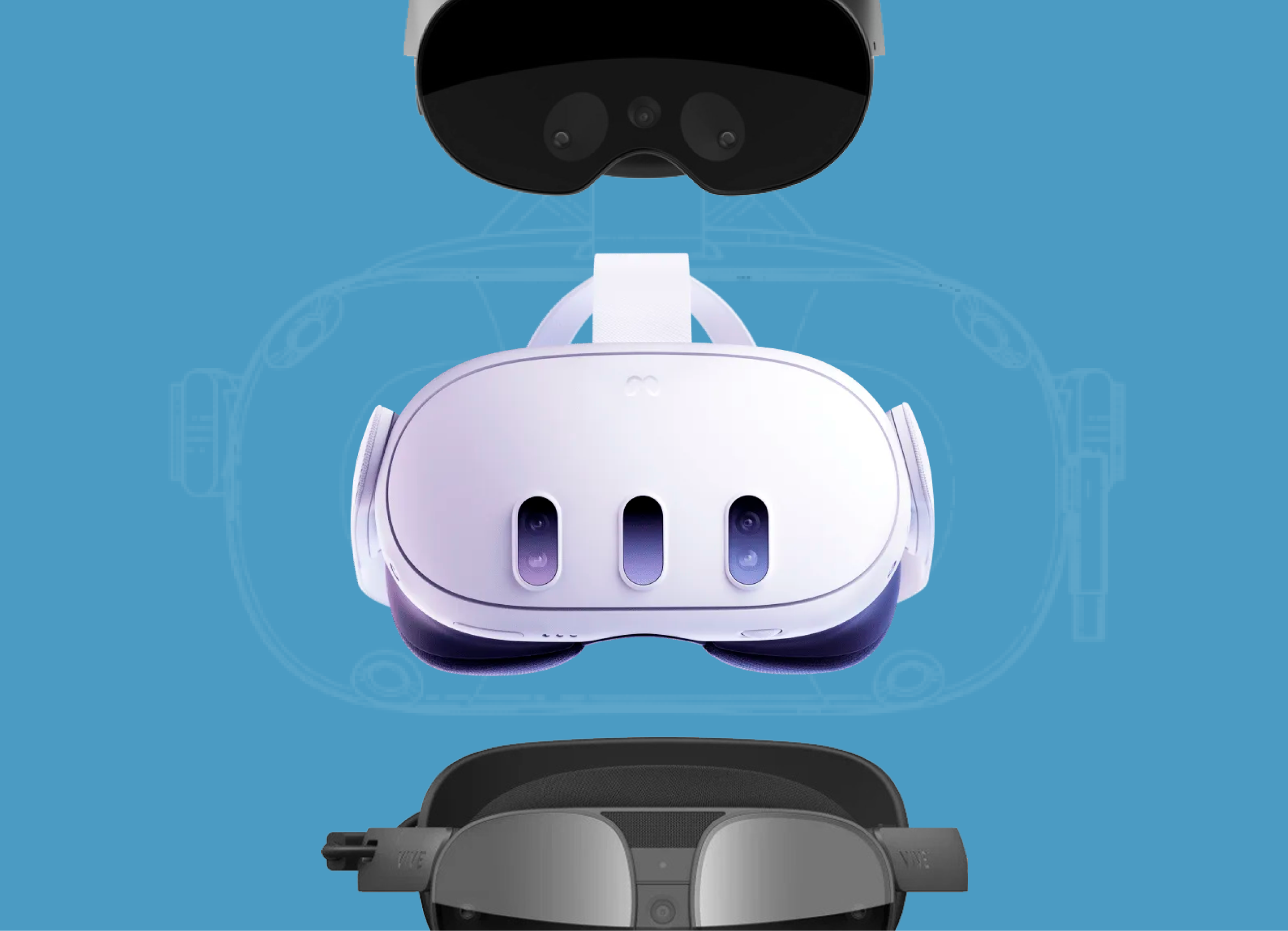
This article was written by our CEO Olga Kryvchenko and originally published on Linkedin. To get more biweekly updates about extended reality, subscribe to Olga’s XR Frontiers LinkedIn newsletter.
Virtual reality (VR) has been making headlines for ages, and the invention of standalone VR headsets like the Meta Quest 2 and HTC Vive Focus has untethered us from our clunky computers. But there’s one burning question on everyone’s mind: Why do VR apps look like they’ve time-traveled from the 90s?
The culprit? Standalone headsets have to cram all their gizmos, like batteries, processors, and memory, into a fashionable face-hugger. Consequently, they can’t quite flex their graphical muscles like their desktop counterparts.
These headsets come with mobile processors that, bless their hearts, try their best but can’t hold a candle to beefy desktop CPUs. Plus, limited RAM puts a damper on their dreams of breathtaking visuals.
Another hiccup is that standalone VR headsets often sport lower-resolution displays, forcing developers to squeeze out every last pixel of quality. To keep things smooth and enjoyable, they might also prioritize performance and battery life over graphics, resulting in visuals that are more reminiscent of a potato than a Picasso.
But fret not! There are ways to soup up VR apps for standalone headsets. Just look at Nintendo Switch games, where simplified graphics still spell success. As of December 31st, 2022, the top-selling Nintendo Switch games include Mario Kart 8 Deluxe, Animal Crossing: New Horizons, Super Smash Bros. Ultimate, and The Legend of Zelda: Breath of the Wild. These games prove that less can be more, even when it comes to graphics!
And with WebXR technologies, developers can create virtual experiences for the web that even basic PCs can handle. Take, for example, our WebXR Las Vegas Strip app, which brings the glitz and glamour of Sin City right to your phone/PC – it’s like having your own pocket-sized Vegas vacation!
As tech gets better and better, we’ll soon see standalone VR headsets with graphics capabilities that’ll knock our socks off. In the meantime, developers can jazz up their apps using the tricks up their sleeves, ensuring users have a whale of a time in the virtual realm.
And hey, there’s good news on the horizon! New Qualcomm chipsets and Apple’s M3 generation promise to pack a punch, giving VR headsets the performance boost they’ve been craving. The future of VR is looking brighter by the minute, and soon we might be laughing at the days when standalone headsets struggled to bring our wildest virtual dreams to life.
Image: Unsplash



